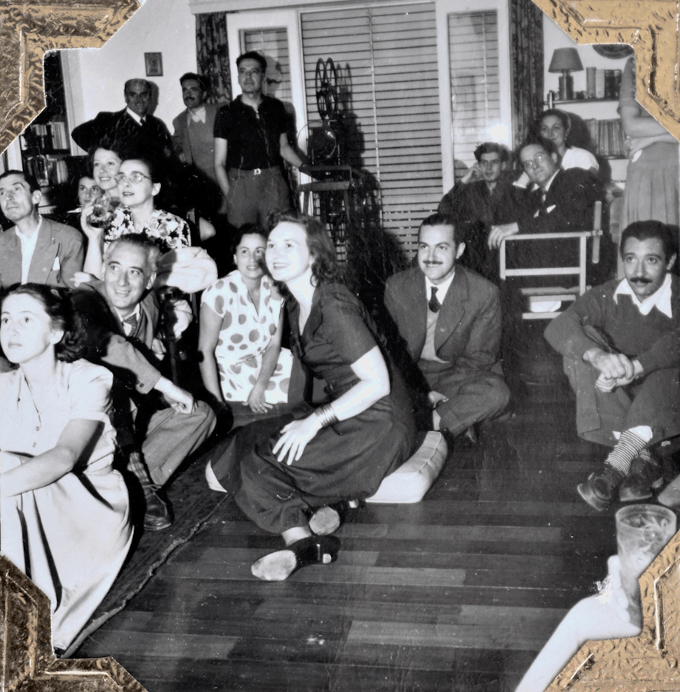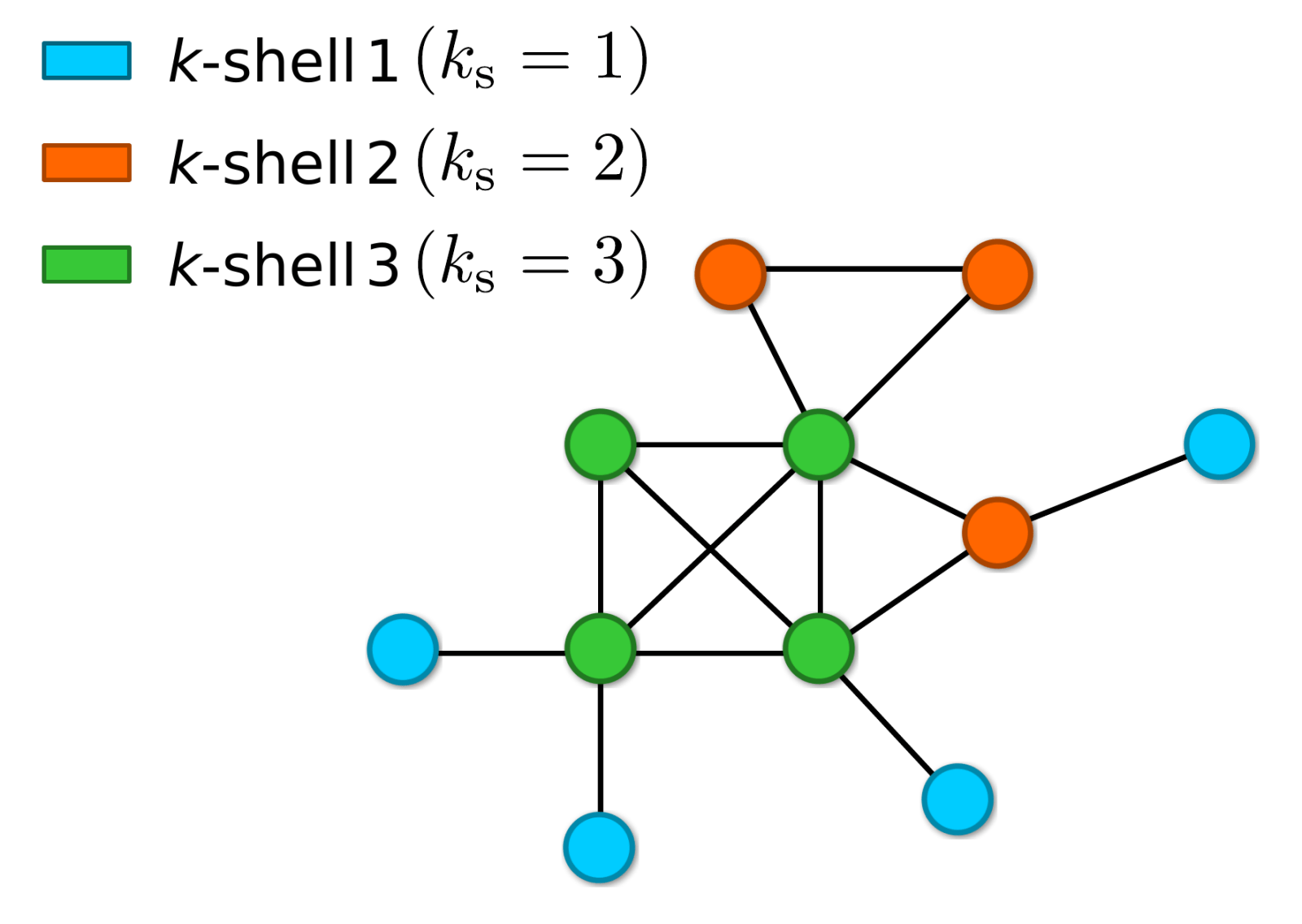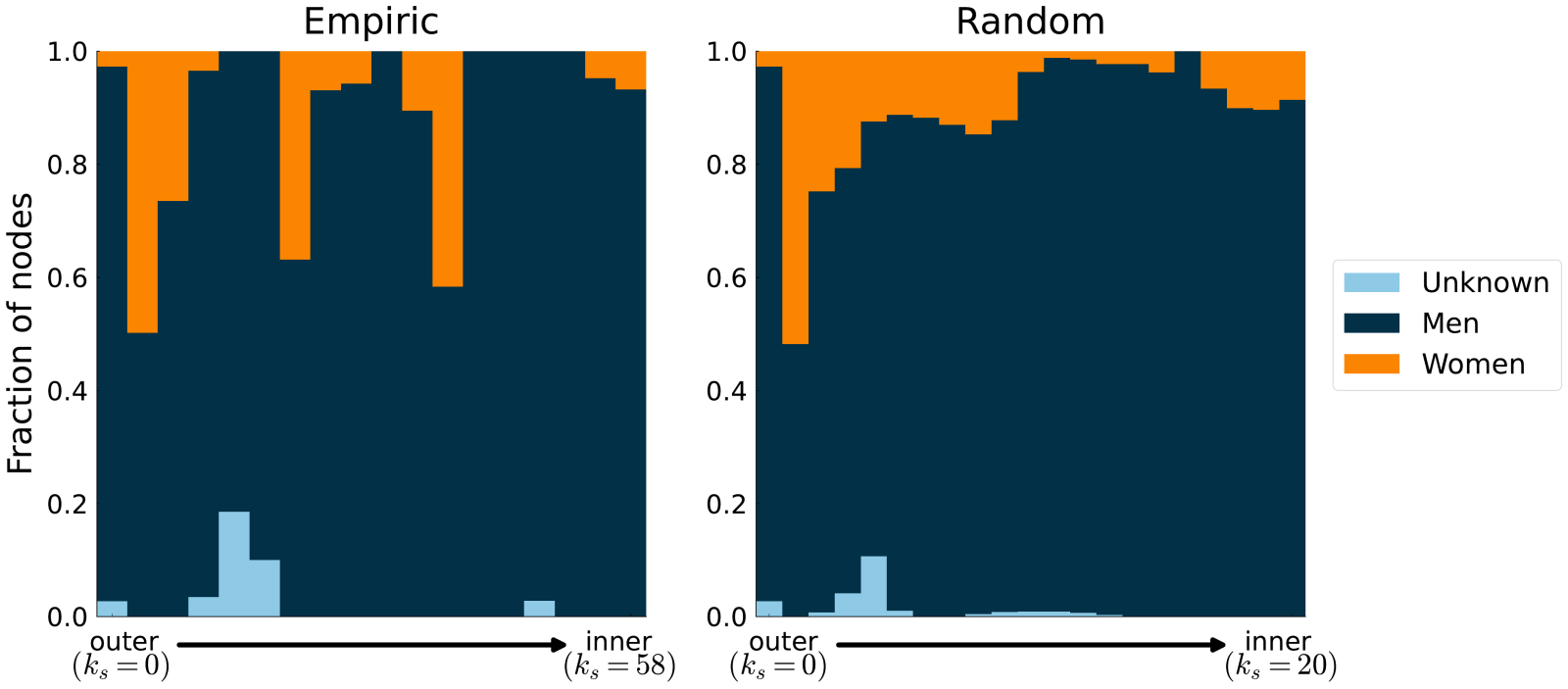Transnational networks of Ibero-American women in the silent era
30 June, 2022 Scene from the film Nobleza gaucha (1915), Argentina
Scene from the film Nobleza gaucha (1915), ArgentinaBy Ainamar Clariana-Rodagut, researcher at the IN3 group GlobaLS (Global Literary Studies Research Lab). She is a doctoral student in the Information and Knowledge Society program at Universitat Oberta de Catalunya (UOC). She is writing her second thesis, supervised by Diana Roig-Sanz and Malte Hagener, which is focused on cultural mediators and Ibero-American film clubs between 1923 and 1963 with a specific focus on women mediators.
And by Alessio Cardillo, researcher at the IN3 group GlobaLS. He is currently a senior postdoctoral fellow at UOC and a member of the ERC StG project “Social Networks of the Past. Mapping Hispanic and Lusophone Literary Modernity, 1898-1959” (Grant Agreement: 803860). Dr. Cardillo focuses mainly on the study of complex systems focusing on those mappable as networks.
The goal of our work is to find those women with the highest capacity for dissemination in the cultural medium, specifically regarding film, in Ibero-America over the first half of the twentieth century, as per the data compiled in our database. To this aim, we apply social network analysis and the transnational and sociocultural perspective. We prioritize the work of women as cultural mediators and consider their capacity for cultural transfer.
Database
The analysis carried out here uses the data compiled in the dataset that our work group has generated in Nodegoat’s Virtual Research Environment. This dataset is the result of the collaboration between current and past members of the GlobaLS research group’s ERC team. We believe is important to be clear about the work involved in compiling data for datasets, given that such labour is often invisibilized, as noted by Catherine D’Ignazio and Lauren Klein (2019) in Data Feminism. This invisibility implies that the sources from which databases are built are rarely recognized. Thus, little responsibility tends to be assumed around the biases affecting data-collection processes. While knowledge should always be situated, as advocated by Donna Haraway (1988), it is imperative that we specify our places of enunciation as researchers. The goal is to avoid what Haraway calls “the god trick,” that is, the deployment of a perspective that is situated nowhere. We aim to steer clear of the idea that the data cannot lie.
Thus, we must state clearly that the data-compiling team in this project works from the south of the Global North, while most of the people in this project identify as cis and white. The data are simultaneously incomplete and heterogeneous, but they are trustworthy nonetheless, given that they were curated and then introduced manually, and have little to no errors as they are periodically revised.

Methodology
Given the different types of interactions accounted for in our dataset, we may carry out a multilayered analysis (Wasserman and Faust 1994; Bianconi 2018). That is, we may establish a multilayered network in which each layer corresponds to a specific type of relationship between people. Having a multilayered network means that the layers can be merged together (i.e., projected) in the order that we have established according to the information that each layer can contribute to the system. As Anderson (1972) has demonstrated, in complex systems like the one analysed here, the system’s properties do not correspond to the mere sum of each part’s properties. As Alessio Cardillo demonstrated alongside other researchers, any added layer affects the “emergence of structural properties in the aggregate network” (Cardillo, et al. 2013). To conduct our analysis, we use a technique from social network analysis known as k-core decomposition, one of the many methods used to identify structures within a network at the mesoscale. This technique allows us to identify the most influential people — in this case, those who influenced dissemination processes within the network (Kitsak et al., 2010). From the social and humanistic perspective, this technique is useful when it comes to identifying what we call a cultural mediator (Roig Sanz and Meylaerts, 2018). That is, we may detect those agents who played a highly relevant role in cultural dissemination and cultural transfer processes (Espagne 2013). In this sense, k-core decomposition offers an advantageous complementary perspective to common data analysis in which the most important nodes are those with the most connections (Nieminen 1974). However, the method proposed here also considers other parameters, such as the position of the nodes within the network structure. Thus, an agent (or node) may have a great capacity for dissemination due to her position in the network, even if this agent does not boast the highest number of connections (Kong, Shi, Wu, Zhang 2019, 20).
Preliminary results
Despite its limitations, the preliminary results of our analysis provide a complementary perspective to the one gleaned through qualitative analysis. We have a total of 1367 nodes (persons) in the network we have built, and 4090 links between the nodes who participated in the film field in Ibero-America between 1898 and 1959. The third step in this analysis is to conduct the k-core decomposition. Our network consists of 59 k-shells. The next step is to analyse the gender distribution across k-shells, from the outermost k-shell (the one furthest from the core) to the innermost one. Our findings show that women are not evenly distributed among k-shells, but tend to concentrate in the outermost ones. That is, in our network, they occupy the most peripheral space, although there are some women in the innermost k-shells. To prove that this finding is significant, we have compared it to the random case. Once the random network was created, we analysed the gender distribution in the k-shells in order to compare it to its empirical counterpart. Surprisingly, in the random network, women appear in all of the k-shells. In contrast to what we observe in the empirical network, where women are in only a few k-shells and are highly concentrated in specific layers, in the random network women are distributed more evenly and can be found in all the k-shells. However, women are still more concentrated in the external k-shell.


The conclusion that we have drawn from this comparison is that it is not by mere chance that women in the empirical network appear on the periphery, concentrated in certain areas. Thus, we postulate the existence of a “force” pushing the women out. From the gender perspective, this conclusion is hardly ground-breaking. However, it remains less trivial in the field of network analysis, and our empirical analysis has demonstrated what we had already observed in our qualitative study. As a final conclusion, we might note that we have empirically detected the existence of several mechanisms excluding women from the centre of the network, relegating them to the periphery. From a social and humanistic perspective, the mechanisms behind this exclusion are twofold. First, we have insufficient data on women due to the historical lack of interest in preserving them and due to the fact that these women have suffered marginalization as public personalities. Given the lack of data, we as researchers have little to work with. The second mechanism has to do with historiography. As we know, a much greater effort is needed in order to compile data on women.
References
Anderson, Philip W. 1972. “More Is Different.” Science 177, no. 4047 (August): 393-396. https://doi.org/10.1126/science.177.4047.393
Bianconi, Ginestra. 2018. Multilayer Networks: Structure and Function. Oxford: Oxford University Press.
Cardillo, Alessio, Jesús Gómez-Gardeñes, Massimiliano Zanin, Miguel Romance, David Papo, Francisco del Pozo, Stefano Boccaletti. 2013. “Emergence of network features from multiplexity.” Scientific Reports 3, 1344: 1-6. https://doi.org/10.1038/srep01344
D’Ignazio, Catherine, and Lauren F. Klein. 2020. Data Feminism. Cambridge, Mass: MIT Press.
Espagne, Michel. 2013. “La notion de transfert culturel.” Revue Sciences/Lettres 1: n/p https://doi.org/10.4000/rsl.219. Accessed 07/12/21
Haraway, Donna. 1988. “Situated Knowledges: The Science Question in Feminism and the Privilege of Partial Perspective.” Feminist Studies (Autumn): 575-599.
Kitsak, Maksim, Lazaron K. Gallos, Shlomo Havlin, Fredrik Liljeros, Lev Muchnik, H. Eugene Stanley, and Hernán A. Makse. 2010. “Identification of influential spreaders in complex networks.” Nature Physics 6, no. 11: 888–893. https://doi.org/10.1038/nphys1746.
Kong, Yi-Xiu, Giu-Yuan Shi, Rui-Jie Wu, Yi-Cheng Zhang. 2019. Physics Reports 832: 1-32. https://doi.org/10.1016/j.physrep.2019.10.004
Nieminen, Juhani. 1974. “On the centrality in a graph.” Scandinavian Journal of Psychology 15, no. 1: 332-336.
Roig-Sanz, Diana and Reine Meylaerts. 2018. Literary translation and cultural mediators in “peripheral” cultures: Customs officers or smugglers? New comparisons in world literature. Switzerland: Palgrave Macmillan.
Wasserman, Stanley and Katherine Faust. 1994. Social network analysis: methods and applications. Cambridge: Cambridge University Press.



